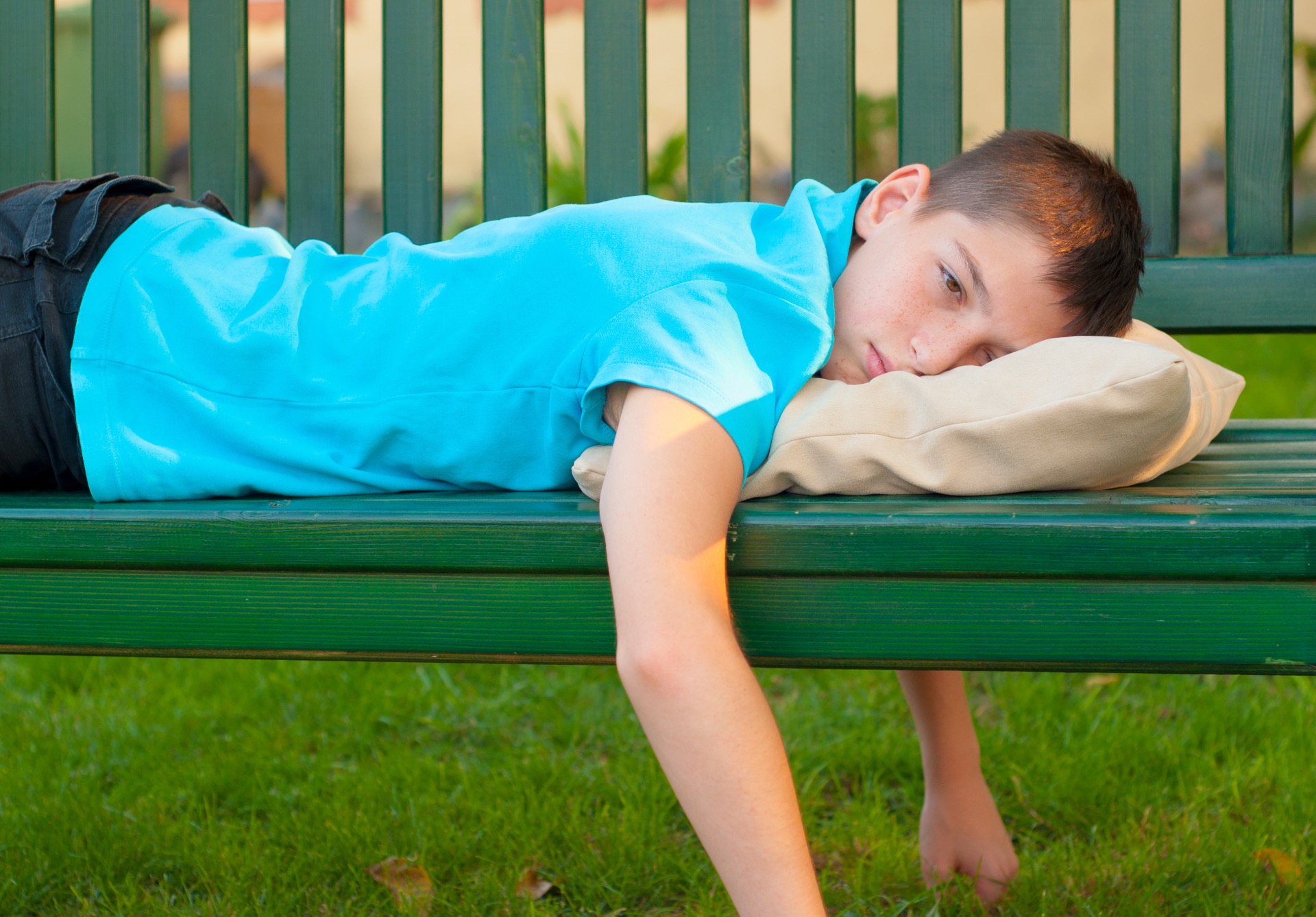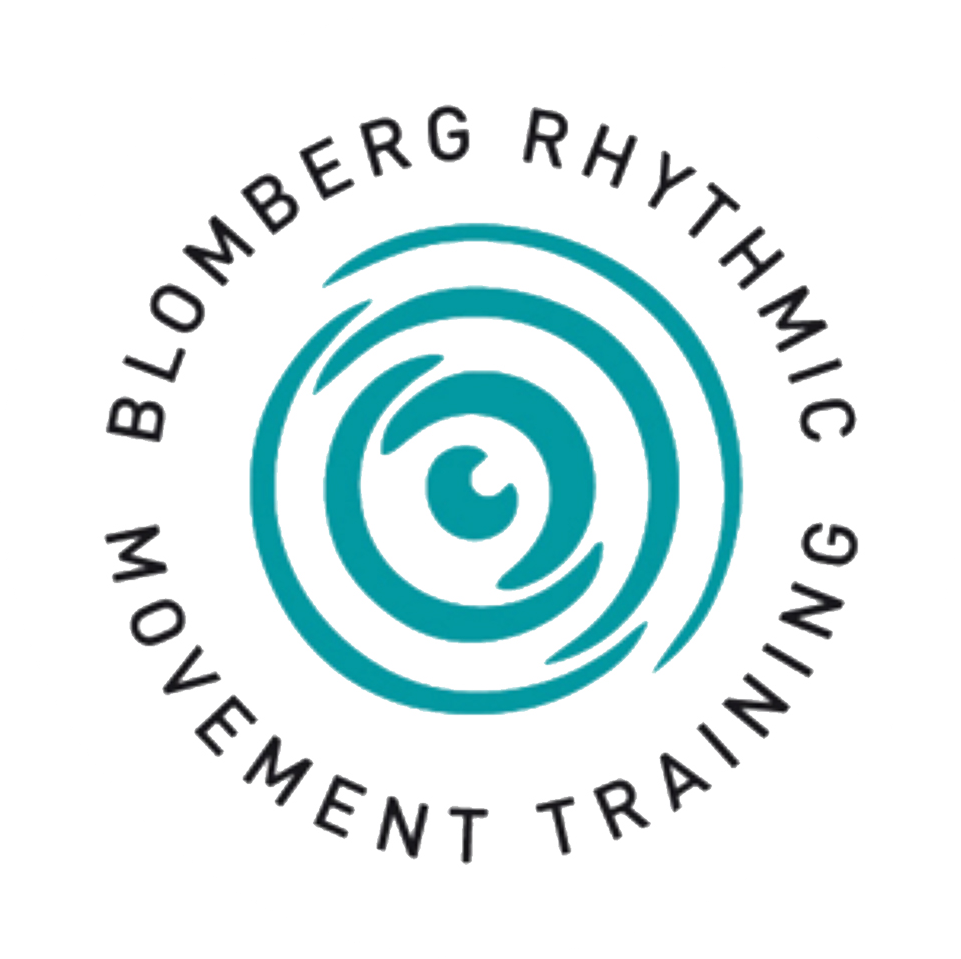
Blomberg Rhythmic Movement Training®

Rörelserna kan stödja individen att träna och bemästra sin kropp och att övervinna känslomässiga och beteendemässiga problem samt spänningar, brist på energi och stress.
De rytmiska rörelserna skapar och stärker de nervbanor som är nödvändiga för fysisk, emotionell, kognitiv och mental utveckling.

Fördelar
Ett friskt barn som får röra sig fritt i sin egen takt får vanligtvis en välbalanserad muskeltonus och hållning utan någon speciell motorisk intervention . Men även barn med små utvecklingsförseningar kan visa sig ha problem med sina neurala nätverk och har ofta ointegrerade eller underutvecklade spädbarnsreflexer.
Individer med beteendeproblem och känslomässiga svårigheter har ofta aktiva primära stressreflexer. Extrem blyghet och vredesutbrott är några av tecknen på känslomässig överstimulans och stress. Dessa personer har stor nytta av att integrera primitiva spädbarnsreflexer vilket bidrar till en stabilare grund.
Både de som är överkänsliga för sinnesintryck och de som är underkänsliga kan ha nytta av rytmiska rörelser.
För en person med grav motorisk funktionsnedsättning, medfödd eller förvärvad, kan rytmiska rörelser vara en utmärkt form av daglig träning.
De minskar muskelspasmer, förbättrar styrka, flexibilitet och cirkulationen till alla delar av kroppen.
Om utvecklingen hindras av olika anledningar, eller om individen utsätts för stress och trauma, har BRMT förmågan att bistå individen genom att stimulera utvecklingen av både det centrala och det perifera nervsystemet.
Spädbarn och småbarn

BRMT för spädbarn och småbarn handlar om att stötta dem att nå motoriska milstolpar, förebygga utvecklingsförseningar och stärka bandet till ditt barn.
Det används både som en teknik för tidiga insatser och för att förhindra kognitiva, visuella och motoriska problem från att uppstå i tidig barndom.
Med enkla rytmiska rörelser och taktila övningar kan unga föräldrar stimulera sitt barn och hjälpa till att göra framsteg i utvecklingen på en nivå som är anpassad för det enskilda barnet.
Barn och tonåringar

Rytmisk rörelseträning och reflexintegrering är en metod som kan vara mycket användbar vid regelbunden träning.
Samtidigt är det viktigt att se över barnets situation och ha sunda förväntningar och minska stressfaktorer i omgivningen.
Vuxna

Blomberg RMT kan lindra alla dessa symtom och förbättra det allmänna välbefinnandet, även hos vuxna. Traumatiska upplevelser och olyckor kan återaktivera primitiva reflexer. Detta kan leda till ökad stress och utbrändhet, men också till roterat bäcken, smärta och andra problem i kroppen.
Rörelserna och reflexintegreringarna bidrar till minskad stress och lindrar smärta orsakad av muskelspänningar ojämn belastning och slitage i lederna. Det förbättrar blodcirkulationen och stöder syretillförseln och flödet i kroppen.
Seniorer
Många äldre accepterar krämpor, svaghet och smärta som en naturlag. Men genom att stärka nervsystemet och integrera primitiva reflexer kan vi förbättra balansen och bibehålla smidighet och energinivåer.
BRMT har visat sig bromsa och ibland vända de mest oönskade delarna av åldringsprocessen, eftersom det bidrar till ett bättre flöde och balans ända ner på cellnivå.

Rytmsika Rörelser

Rhythmic Movements
These gentle, rocking movements can be done fast or slow, smaller or larger depending on the individual and should not cause discomfort. Each movement is adapted to the capabilities and needs of the client. It is a series of passive and active exercises that you can take home for a while to practice every day.
Most people, not just children, can use rhythmic movements and other integration techniques presented in Blomberg RMT. They have a beneficial impact on the cardiovascular system as well as the lymphatic system.
The movements are easy to learn. Children and adults appreciate them and find them useful. For some, the effects of the workout are quick, but because the nerves take time to build up and get strong, it often requires a longer training period, a year or more. A short session every day is best.
By stimulating the basic senses, balance, feel and touch, as well as the sense of movement, the training improve physical awareness and coordination, which provides greater security and self-esteem. They are both stimulating, de-stressing and balancing on many different levels. By integrating reflexes they support the ability to perform automatically and with less effort,
They support the development of the nervous system, normalize muscle tone and integrate primary reflexes, release tension and create circulation in the body, restoring balance. The rhythmic movements support the ability to learn new things and cope with school and work.
Passive rhythmic movements
The passive exercises are performed with the help of a parent or partner. They are simple and gentle rocking movements that awaken and activate the nervous system and stimulate the whole body. They balance muscle tone and build a more stable foundation for endurance and developmental growth.
They help connect the lower levels of the central nervous system with other parts of the brain, support physical and emotional growth, and build strong neurological pathways. They are usually perceived as sedative.
The passive movements are perfect for the treatment of infants, young children, multiple handicapped and exhausted people. It supports basic functions such as oxygenation and detox.
Active Rhythmic Movements
The active exercises are whole body movements as well as more specific movements performed by the client with some help if needed. They strengthen the nervous system and the body and provide stability, not least in the hands and feet, neck, back, core and pelvis.
They integrate the primary reflexes, improve coordination and the ability to perform daily tasks rhythmically and with perseverance. A whole body movement makes it possible to integrate several primary reflexes simultaneously while the more specific movements are aimed for one or two reflexes at a time.
The active movements are suitable for everyone who has a certain ability to perform movements on their own and can be adapted if necessary. For younger children, the movements can be offered in play.
Active movements are given to individuals with widely differing complaints. ADHD, autism, problems with focus, strength and endurance, dyslexia, ataxia, dyspraxia, fine motor difficulties, Parkinson's, osteoarthritis, balance difficulties, pain to name a few.

Reflexer
Primitive Reflexes

Primitive Reflexes are involuntary movements in response to sensory stimuli. They appear in utero, during the birth process or during the early part of the child's life and have survival, protective, restorative and postural purposes.
Primitive Reflexes help the child to develop and move forward in life. Well functioning infant reflexes are an important sign that the brainstem and nervous system have developed as intended. Primitive reflexes develop in the womb when everything is fine with the fetus. They usually manifest at birth or shortly afterwards in normally developed full-term babies.
Primitive reflexes play a fundamental role in establishing head control, posture, sensory integration, and the ability to move with stability and control, as well as being still without effort.
In addition, they stimulate the brain to further improve attention and control over impulses, reducing hyperactivity and emotional overwhelm. They help connect the main neurological areas of the brain for emotional control and intellectual or academic pursuits.
The primitive reflexes integrate into lifelong reflexes, and this integration ought to be completed while the toddler is still on the floor and before learning and walk. These reflexes help the individual to make movements automatic and smooth with little effort.
Primary reflexes are usually active in the older child or adult when there are challenges with balance, coordination, attention, concentration, math, reading and writing, problems with vision, speech and language as well as behavioral or emotional stability.
With interventions like BRMT it is possible to manifest and integrate primitive reflexes that still are active and establish the lifelong reflexes.
Lifelong reflexes
The lifelong reflexes are necessary for our stability and balance in gravity and they allow us to move automatically and easily. Primary reflexes are integrated into lifelong reflexes through the spontaneous rhythmic movements that a baby makes before learning to walk. Thy are designed to ensure our survival.
Postural reflexes help us achieve balance, coordination, and overall physical and emotional well-being. They help make movements automatic and smooth, with little or no access motions, effort and thoughts. Standing, sitting, walking and cycling are examples of movements that depend on lifelong reflexes to function properly.
The development of lifelong reflexes depends on the function of a part of the brain that works in conjunction with the motor cortex to control our motor activity.
Physical activity and exercise maintain our lifelong reflexes. If they work properly, we can save energy. With severe trauma, long-term stress or injury at any point in life, the primary reflexes can be activated and take charge
.Reflex integration
Rhythmic movements and isometric exercises can help complete reflex patterns and integrate them into our entire body system for increased sensory integration and motor development, improved coordination and balance, improved visual, auditory and academic performance, and general physical and emotional well-being.
The isometric exercises speed up the reflex integration procedure. It can be done with the help of a trained counselor, caregiver, or partner. You can also do it yourself after some instruction.
